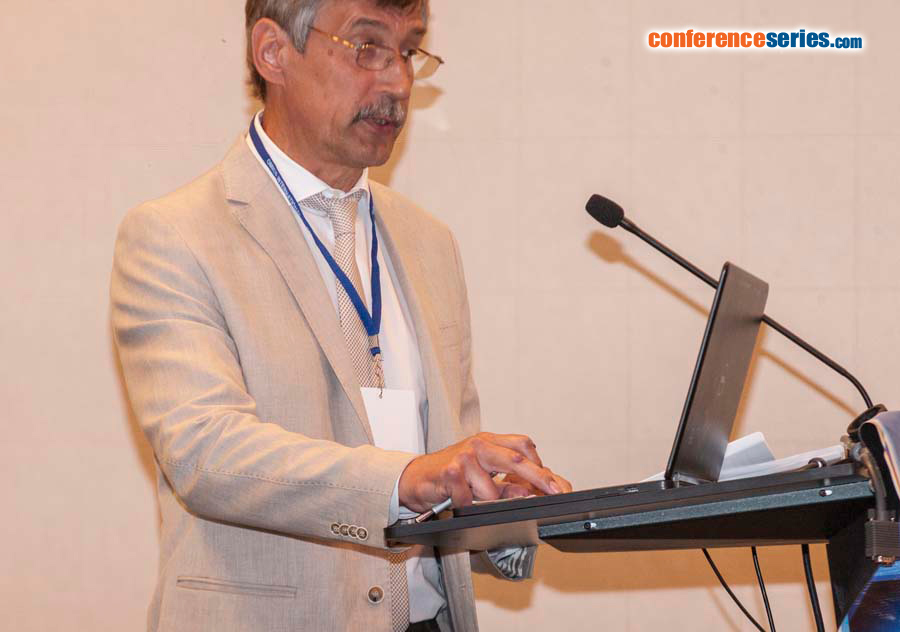
Vladimir Moshkin
Sib-STRIM" LLC Russia
Title: New ultra-sensitive measurement method in ampere- and voltammetry
Biography
Biography: Vladimir Moshkin
Abstract
A new method of forming an electrochemical signal can significantly increase measurement sensitivity at low hardware cost. A unique feature of the method is the use of capacitive current as an information component, while in the classical pulsed methods capacitive current is interference. The method is based on the inclusion of high-speed current switch circuit which provides a predetermined period and duration of current interrupt. Main properties thus obtained signal is founded. It is shown, that for a large ratio of time the switch was open to a time closed state theoretical gain of sensitivity is equal to this ratio. Practically achievable values of opening and closing times allow to reach the increasing of sensitivity up to several hundreds. The resulting pulse signal (switching current) has good noise immunity, it can be used even in unsteady conditions such as vibration of the working electrode. The conditions of linearity of the switching current vs. the concentration of the element is determined. It is shown that the proposed method organically allows along with the current measurement to measure both resistance and capacitance of the double layer of electrochemical cell. The authors use the proposed method for several years to determine the number of elements: Fe(III), Cu(II), Cr(III), Cr(VI), Ir(IV), etc., both in chronoamperometry and in voltammetry modes. Practical achieved sensitivity for Fe(III) is not above 1 nM / dm3 (50 ng / dm3) using the general-purpose base of components. It is noted that the use of this approach for cells with ultramicroelectrodes is a perspective.







